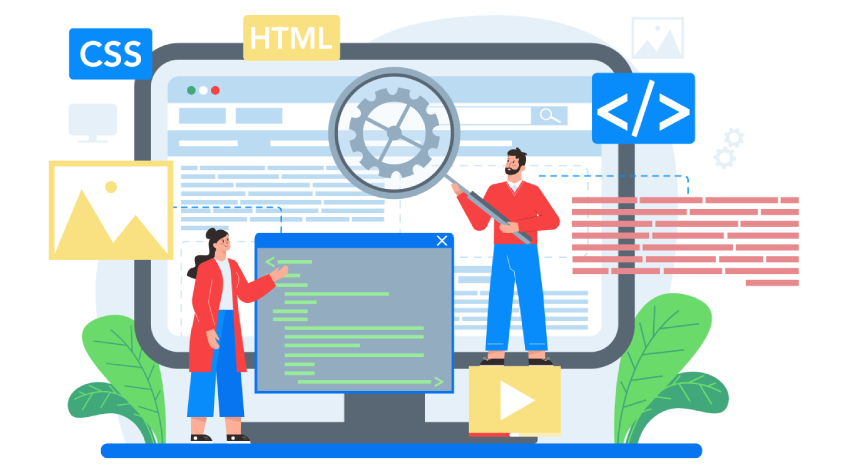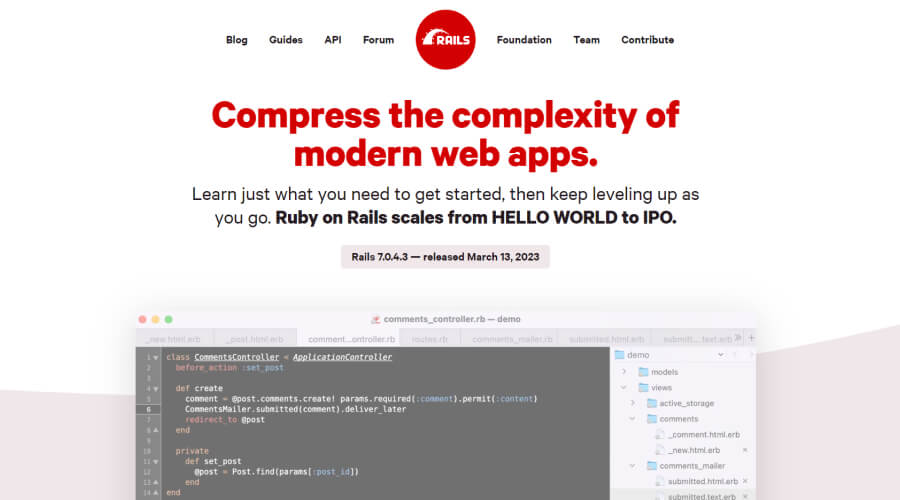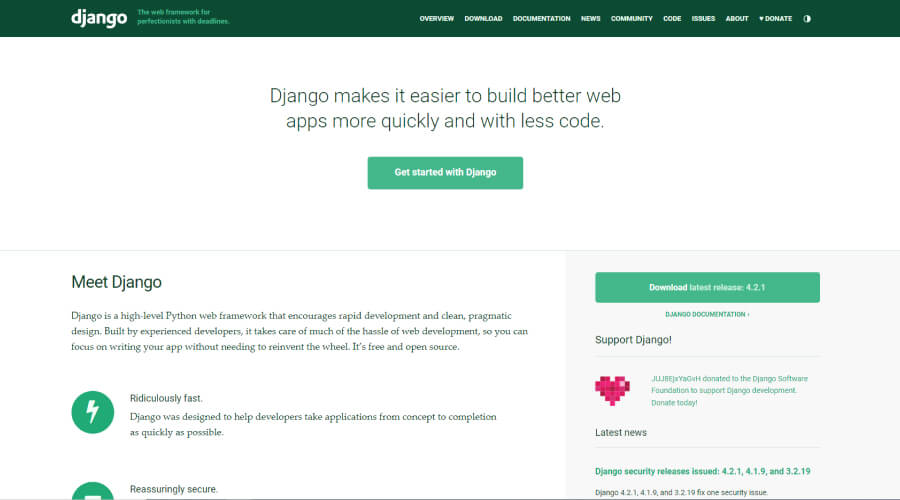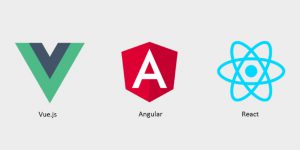
Businesses have seen several hardships and significant transformations in recent years. Well, in 2025, these changes will continue to happen! To cope with market developments, the firm works towards various new items. Any business must create web applications using the backend frameworks for react.js for 2025 if it wants to succeed in the long run.
The majority of organizations are thinking about expediting their digital transformation. Security, sustainability, and customer experience are all at the forefront of digital change.
React: What is it?
One of the most widely used front-end JavaScript libraries for UI/UX development is React. React can also run mobile applications using React Native and be rendered on the server using Node.js.
Facebook engineers created and utilized React to construct features like the news feed. For everyone to benefit from React’s strength, the firm decided to publish it open-source in 2013. React.js development company uses different frameworks for better performance. And you have to know what they can be to understand the process and control it.
A backend framework: What is it?
The purpose of backend frameworks, which are server-section frameworks, is to simplify chores for developers.
These frameworks for developing web applications are more geared toward scripting languages like JavaScript, Laravel, and Node.js or compiled languages like Java and C#. Development of the backend primarily focuses on business logic, security authorization, and authentication.
Related Topic: October CMS Vs WordPress: A David Vs Goliath Platform Battle?
Best Backend Frameworks for React.js in 2025
1. Ruby on Rails

It’s an improbably effective backend framework for creating web and mobile applications. This framework features a large and vibrant community and is quick to construct. This backend framework streamlines increases accessibility and accelerates the development process using a set of pre-packaged programs written in Ruby.
The Ruby on Rails approach to application development freed developers from the tedious aspects of coding and allowed them to focus on the essential features and logic of the company. Additionally, it boosts productivity and helps developers produce apps much faster.
2. Django

A high-level web framework called Django allows the effective creation of quick, secure online applications in Python. Model-view-template (MVT), a variant of the model-view-controller (MVC) pattern, is the paradigm that Django employs. You may keep your code logically divided into layers by using Django’s MVT model. Many of the model’s controller components are handled by the Django framework, leaving you to specify the data view and presentation templates.
Django is a “batteries included” framework, which means it comes pre-packaged with most of the libraries and tools required to create typical web applications. The models.py file, which is where Django manages the data model, is where you should keep it.
3. Flask

Python-based Flask is a microweb framework. Because it doesn’t need any specific tools or libraries, it is categorized as a micro-framework. In addition, it lacks any components where pre-existing third-party libraries might perform typical duties, such as a database abstraction layer, form validation, or another component. All the advantages of a quick template, powerful WSGI functionality, and thorough documentation are included with Flask.
4. Node.js

Node.js is a cross-platform, open-source JavaScript runtime environment for back-end applications that leverages the V8 engine. Outside of a web browser, it runs JavaScript script. Due to its excellent compatibility features, it is regarded as the ideal backend partner for React.js.
The same JavaScript language, which allows the development of contemporary apps, is used by both front-end and back-end libraries. Excellent web applications may be created by simply integrating the Admin Template React with NodeJS.
5. ExpressJS
Based on Node.js, ExpressJS is a quick, compact, and adaptable online application framework. It gives online and mobile apps a unique set of functionalities.

ExpressJS makes it easier to design server-side web applications, enabling programmers to easily create dynamic web pages and APIs. It has several HTTP utility methods to manage requests and answers, a robust routing system, and middleware support.
Conclusion
In this post, we have discussed the ideal backend for React. Each has certain advantages and disadvantages. Prioritize your needs before making your choice of the backend.
One of the top front-end frameworks for creating React apps is React. However, a back end with React is required if you’re looking for an app that caters to your particular needs. The backend frameworks for react.js of your program allows you to include many required features. You may create responsive web applications with React and these backend frameworks.






